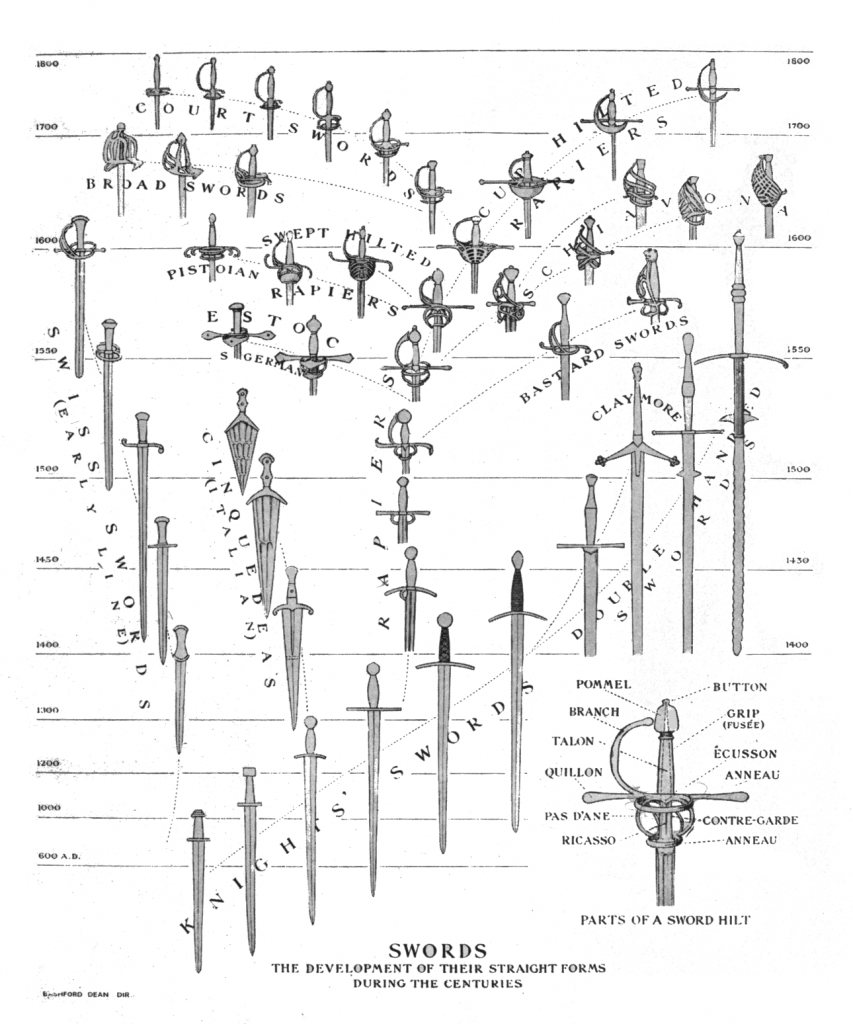Does the list of things to learn seem endless?
It is.
The more you think about the possible shows that require fight choreography and their potential needs, it can seem like an impossible task to be prepared for it all.
One hand, two hands, look ma, no hands!
When it comes down to it, you’ve got two hands to fight with.
If you’ve got no weapons, then we call that “unarmed combat”. Of course there are thousands of historical and cultural styles of unarmed combat, but you’ll be doing some combination of kicking, striking with the hands, pushing, pulling and squeezing. You’ll additionally use defensive movements with your whole body or different kinds of blocks. You’ll also need to play the victim and convince us of the pain of being struck, losing your breath, and falling down.
Many of those skills will transfer to fights when you have one or more weapons.
You may have a light weapon in one hand. At the Basic Actor-Combatant level, we learn the fundamentals of single sword. But you could have a mace or axe or anything else… they all work the same. Pay attention to very short weapons like daggers (or screwdrivers and other dagger-like objects) because you won’t use them like a sword; it’s more similar to unarmed fighting.
Each of your hands may have a weapon, and we call that “two-weapon fighting” or “dual-wielding”. It’s tough to master, but remember that it most cases the hands are not moving independently -- they are supporting each other. In rapier & dagger, the dagger is used defensively while the sword attacks. In this way, you don’t have to split your brain to fight well. Still, we save the two-weapon fighting for Intermediate and higher levels. The same is true of sword and shield fighting.
Finally, you might have a longer or heavier weapon that you use with both hands. At the Basic level, we study quarterstaff. It’s a great skill to learn because the longsword that remained popular in Europe for centuries, and the iconic samurai sword or katana, are also two-handed weapons and handle comparably.
When you break it down that way, you’ve got only three categories of weapons to learn:
- unarmed
- single handed weapons (and dual-wielding)
- two handed weapons
Historical Styles and Specialization
Once you know the basics (and of course you’ll keep practicing them), what historical styles should you learn? The possibilities seem endless!
First, you should know that you’ll never be an expert in all of them. Many fight masters are generalists, but there’s a good argument for specializing. If you have a particular interest, don’t deny your enthusiasm for a particular subject. There are stunt coordinators who work on big-budget productions who are experts in only one martial art.
At Academie Duello, we have a focus on Italian swordplay because it is so well documented and was used all over Europe. It contains wrestling and dagger fighting, polearms, longswords, and rapiers and their companion weapons. If you only focused on Italian forms of combat, you could choreograph fights from any part of Europe from the fall of Rome to the age of firearms.
You can also look to your own cultural heritage to decide on your specialization. One of our students is on horseback somewhere in Eastern Europe being filmed right now because he specializes in Polish sword fighting.
If you look northern European, you may get fewer opportunities if you specialize in Kung Fu. But if that’s your passion, don’t let anything stop you.
Each of those martial arts has endless depth, so you may feel that a specialization doesn’t narrow down the things you have to learn. It is a smaller infinity, however, and you’ll have less competition for jobs. One of the benefits of specialization is that you can command higher rates as an expert and market yourself by focusing on your expertise.
Keep Learning!
The pursuit of knowledge is endless. You should continue to research and grow. But if you’ve taken your Basic Actor-Combatant with Fight Directors Canada, you already know the only rules necessary to keep fights safe. Everything else is details.
